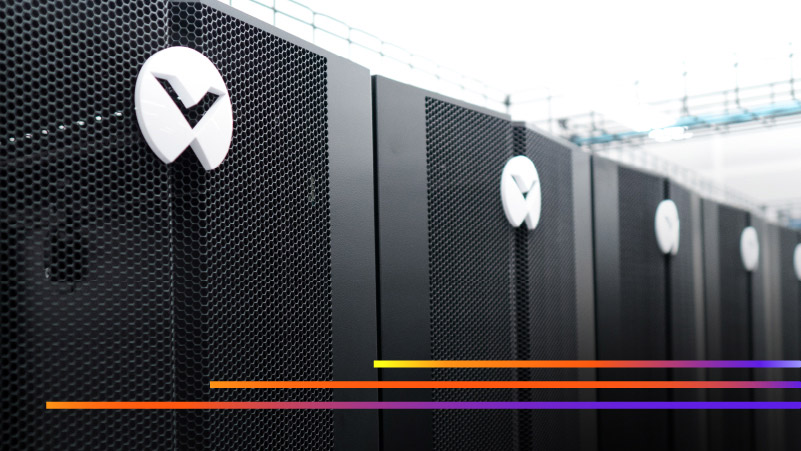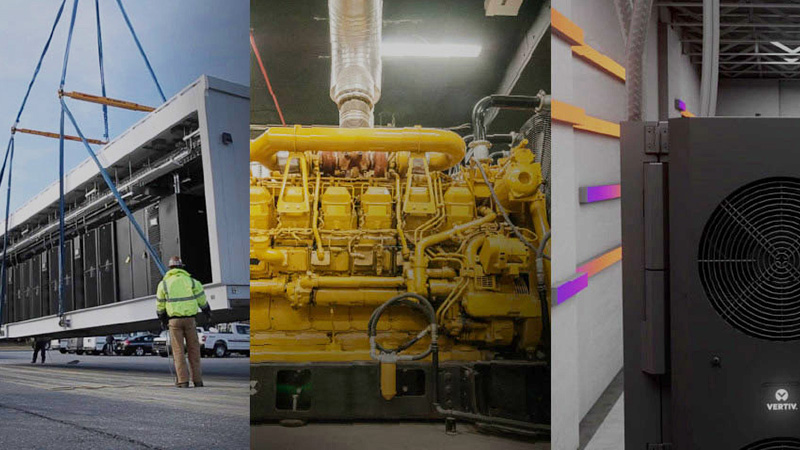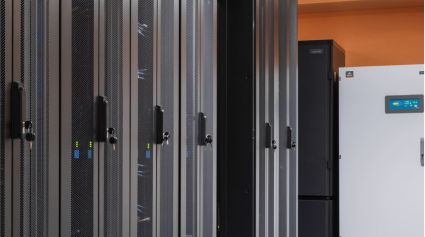I always look forward to our annual report on trends in the data center industry. It allows our team at Vertiv to dig deep on what we are seeing in the market, consider where those concepts will likely take us, and determine how we can better meet customer needs as we move forward. As I look at this year’s trends, I see three overarching challenges data center leaders will need to address in 2023.
Adapt to Government Regulations on Data Center Energy Efficiency
Data centers provide incalculable value in powering essential communications every second of every day, nearly everywhere around the world. Unfortunately, that requires large amounts of energy and water. Consider that data centers account for up to 3% of global energy consumption, with projections indicating an increase to 4% by 2030. A typical data center using evaporative cooling can consume 3-5 million gallons (roughly 11-19 liters) of water per day — enough to service a small city of up to 50,000 people.
As a result, data center energy efficiency, along with growing water consumption, is a top priority for governments around the world. Government officials are also concerned with related issues such as grid capacity challenges, rising energy costs, and the global climate crisis. Recent examples include:
- Efforts to fight new facility builds in United States communities impacted by drought
- The recent end of a morartorium on new data center builds in Singapore but with continued government scrutiny of new facility planning
- Ireland’s issued restrictions on data center construction and energy consumption
Our industry is working to self-monitor and moderate energy and water usage. Already, data center designs that do not use water are growing in popularity.
Despite these measures, we expect aggressive regulatory oversight to become more common in 2023. To succeed in this environment, it’s important for companies to partner with experts who understand regulations and how to navigate diverse government agencies. Equally important, collaborate with a partner that can develop innovative solutions to address regulatory challenges.
Implementing 5G Edge Computing
Advanced applications — artificial intelligence, virtual reality, machine learning, and now the metaverse — are driving the need to reduce latency with edge computing solutions that move computing closer to the end user. The expansion of 5G is also critical. Almost half of all mobile subscriptions (nearly 6 billion) will be 5G by 2027, according to Omdia.
Our experts at Vertiv have been anticipating a convergence of IT and telecom for several years. Now, the metaverse’s need for a denser edge is overlapping with the rollout of dense 5G edge computing. This will require higher powered computing. In 2023, we will see early adoption with more widespread deployment in coming years.
Leverage Modular Data Centers to Add Capacity Quickly
To quickly add capacity, we see increasing adoption of prefabricated, modular data centers. Standardization is key to meeting the demand for capacity with speed and efficiency.
Standardization can include modular components for power and cooling up to fully prefabricated facilities. Nearly all (99%) data center operators are basing growth strategies on these designs, according to a recent Omdia survey.
The growing use of colocation resources by global cloud providers will be a key driver. Standardization is already a common practice among colos, and it will grow as cloud providers outsource new builds to them to leverage their in-market expertise, proven repeatability, and deployment speed. This practice, already common in Asia and Europe, Middle East, and Africa (EMEA), will expand to other parts of the world in 2023.
As networks continue to grow and evolve, our trends analysis indicates 2023 will be a year of opportunity and challenge for IT leaders. A trusted partner will be essential, and our team at Vertiv offers the expertise and experience needed to help you navigate these changes. Go online for more resources on each of these.







